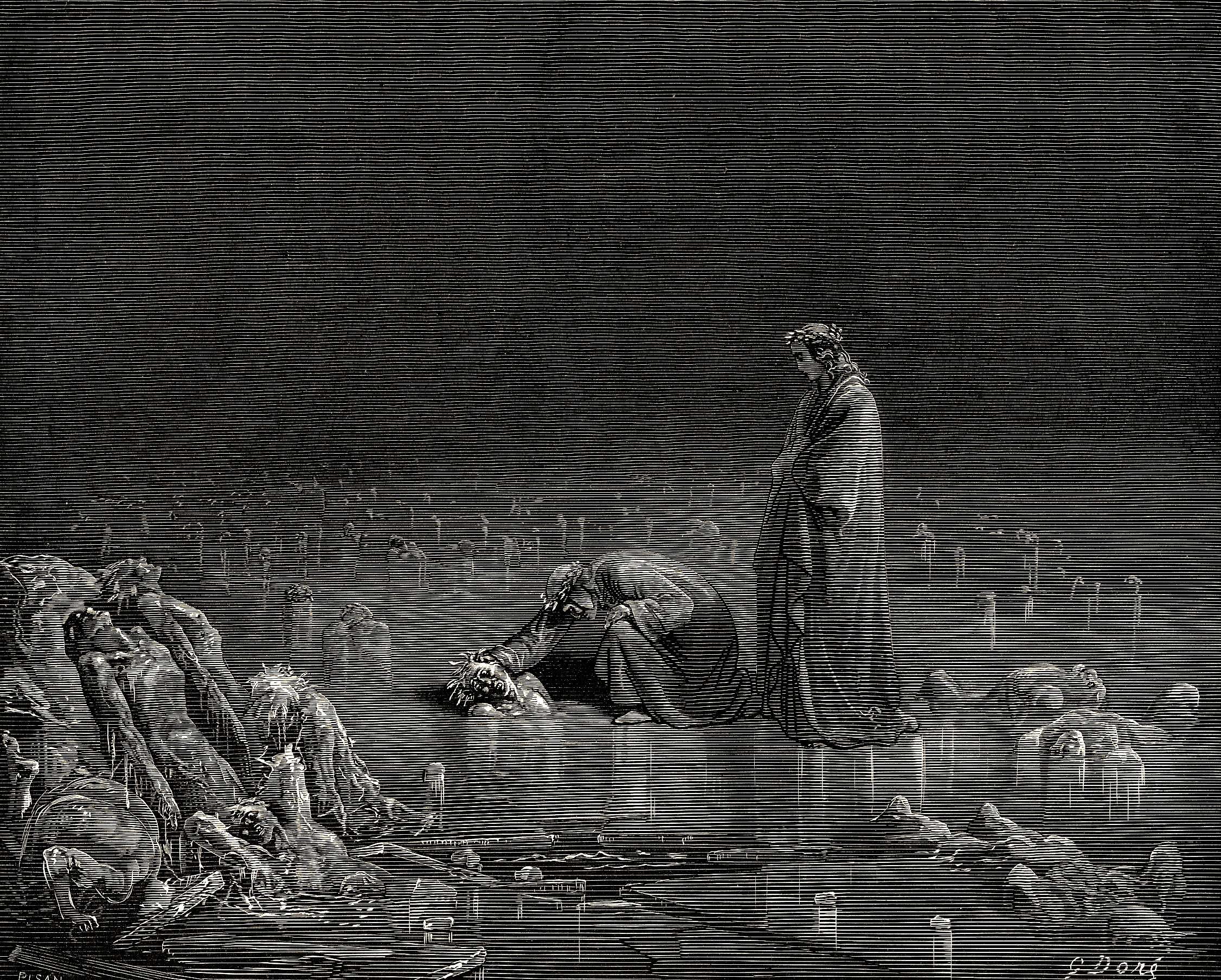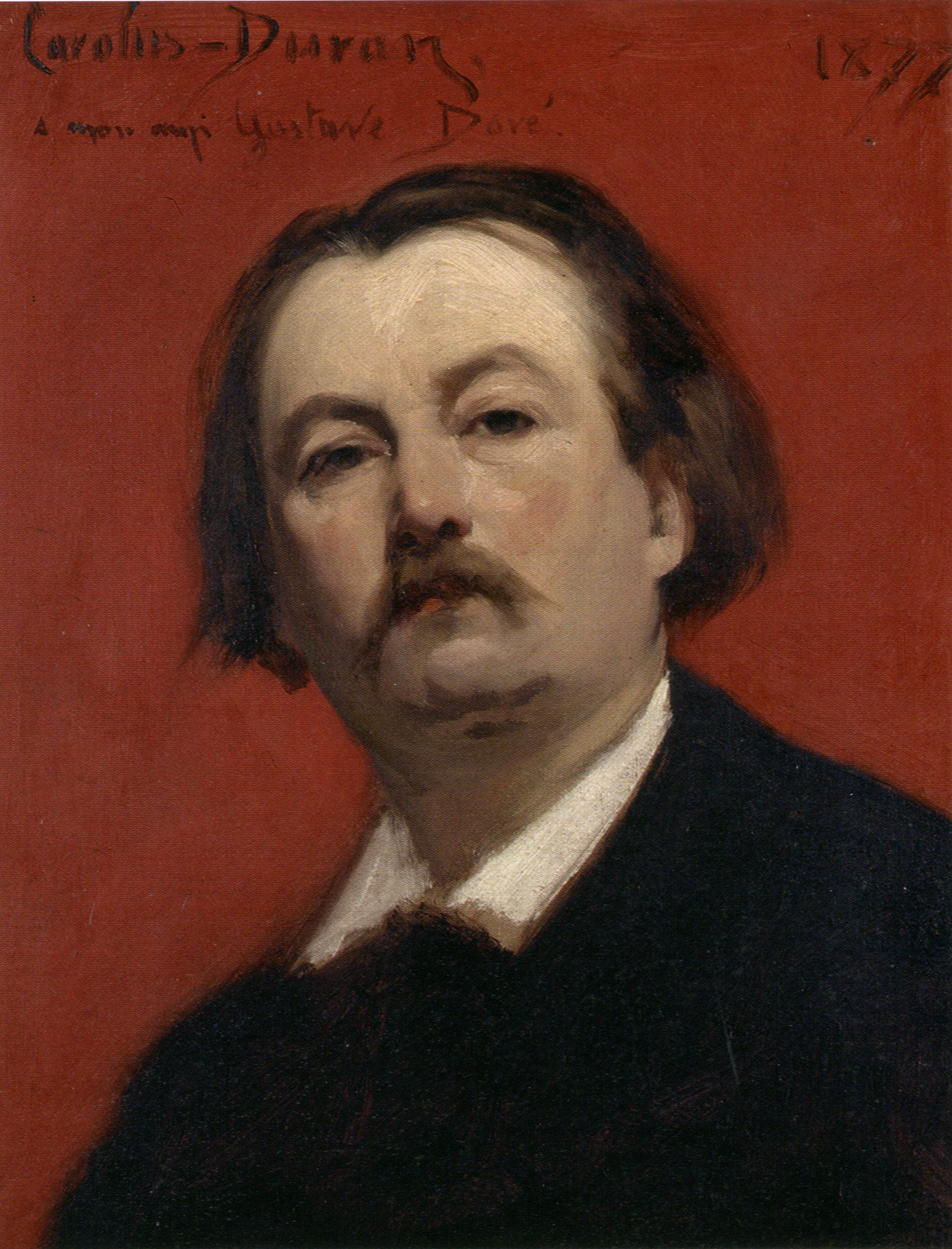Hello, today is the 1st Birthday of DailyArt! Thank you for being with us, supporting us and spreading the word about DailyArt throughout all this time. We're trying to do our best to share our love of art with you. Once more, thank you! For our 1st birthday, we’ll talk about... Inferno (Italian for hell).
It is the first part of Dante Alighieri's 14th-century epic poem The Divine Comedy followed by Purgatorio and Paradiso. It is an allegory of Dante’s journey through Hell while being guided by the Roman poet Virgil. In the poem, Hell is depicted as nine circles of suffering located within the Earth. Symbolically, The Divine Comedy represents the journey of the soul towards God where Inferno describes the recognition and rejection of sin. Dante passes through the gate of Hell, which bears an inscription that contains in the ninth (and final) line the famous phrase "Lasciate ogne speranza, voi ch'intrate", or "Abandon all hope, ye who enter here." You know how it's like—once you enter the world of art, you can't leave it for long.


 Gustave Doré
Gustave Doré